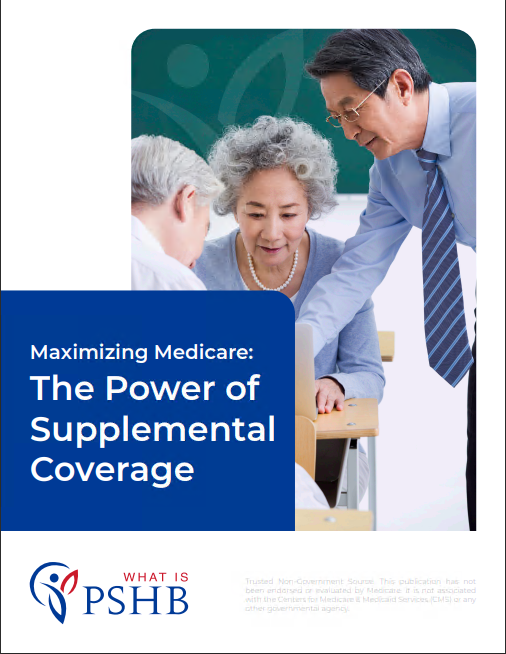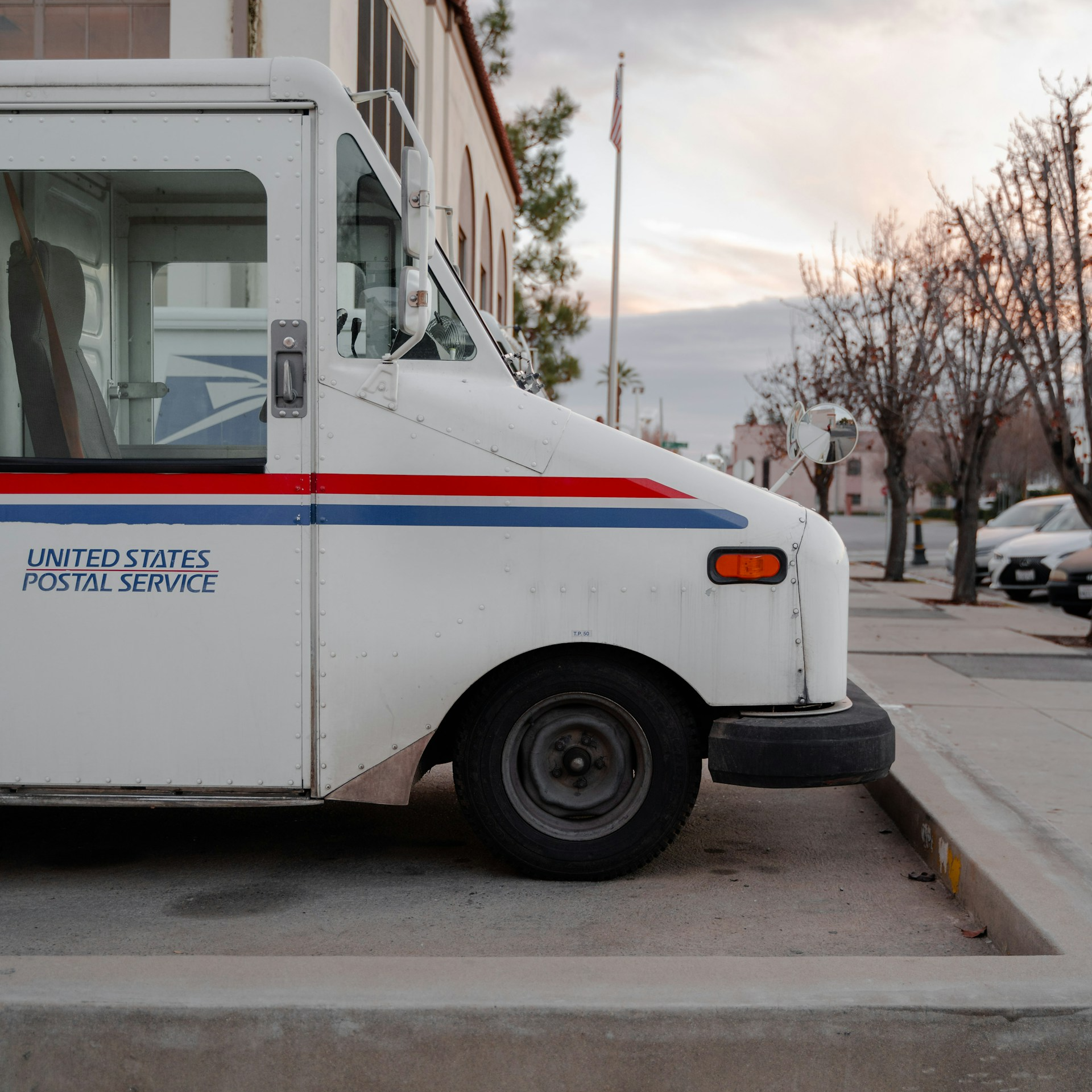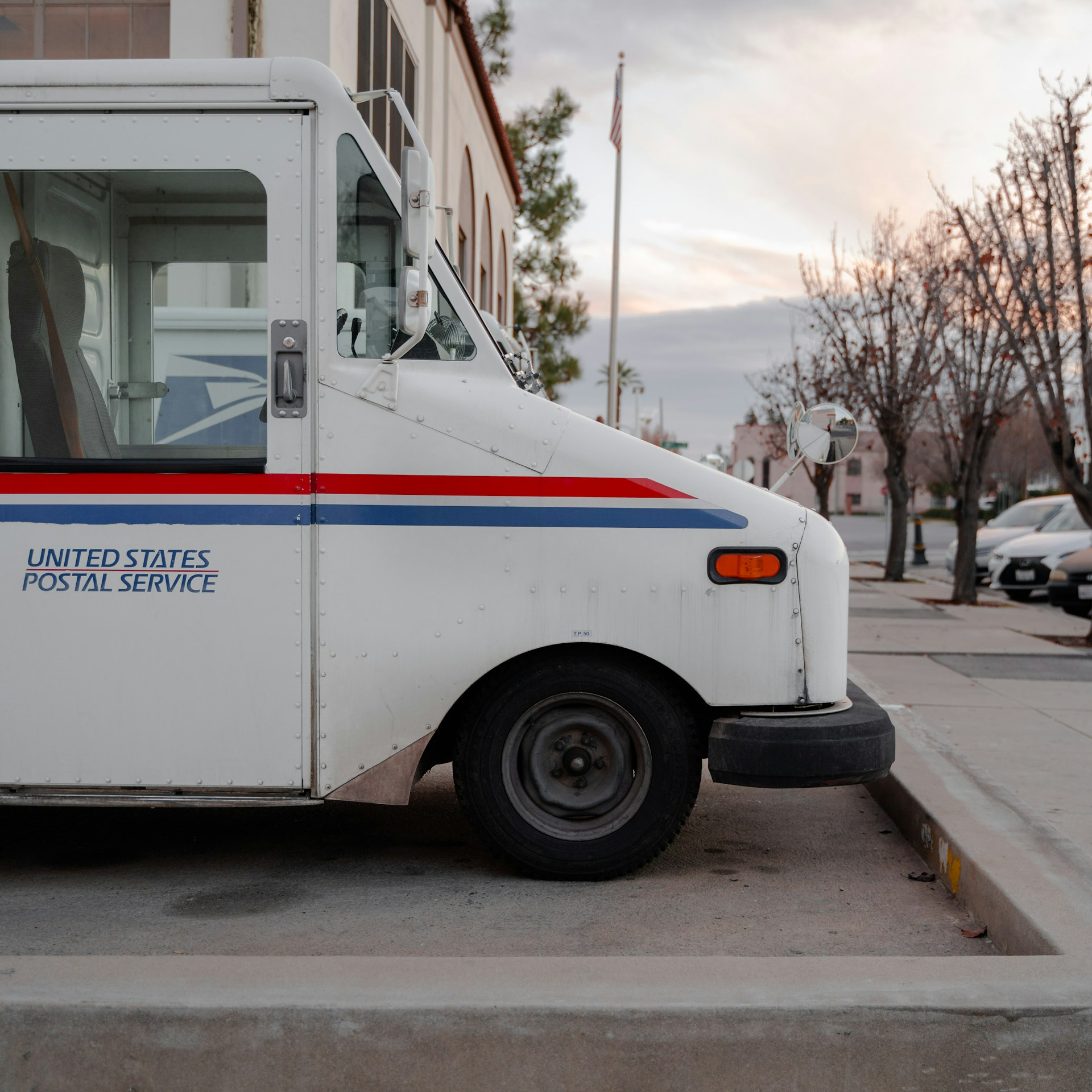Key Takeaways:
-
The new Postal Service Health Benefits (PSHB) program in 2025 is set to offer USPS workers healthcare plans tailored specifically to their needs.
-
Understanding how these plans work with Medicare can help you maximize your benefits and minimize costs.
A Bold Shift in USPS Healthcare
For USPS workers and retirees, 2025 marks the beginning of a significant healthcare transformation. The launch of the Postal Service Health Benefits (PSHB) program represents more than a structural change—it’s a reimagining of how healthcare coverage is delivered to postal employees, retirees, and their families.
This new program replaces the Federal Employees Health Benefits (FEHB) system and offers tailored plans designed exclusively for the USPS workforce. It’s a pivotal moment to reassess your healthcare options and ensure you’re ready for what lies ahead.
Why PSHB is a Game Changer
The Vision Behind PSHB
The PSHB program was introduced under the Postal Service Reform Act of 2022, which aimed to stabilize the USPS’s finances while improving its operations. One major goal is to create healthcare plans tailored specifically to the needs of postal employees, offering features and benefits better suited to their unique situations.
What Makes PSHB Different?
Unlike the FEHB system, which serves a broad range of federal employees, PSHB focuses exclusively on the USPS workforce. This means:
-
Plans designed with postal employees in mind.
-
Streamlined integration with Medicare for retirees.
-
New cost-management features that address common healthcare challenges.
The Key Dates You Need to Know
The transition to PSHB will occur in stages, with some crucial milestones along the way:
-
Open Season: November 11 to December 9, 2024, is your window to review plans and make choices for 2025.
-
Effective Date: Coverage under the new PSHB plans begins January 1, 2025.
Mark your calendar now, and don’t wait until the last minute to explore your options. Missing these dates could lead to disruptions in your coverage or missed opportunities to choose the best plan for your needs.
What Happens to Your Current FEHB Coverage?
Automatic Enrollment: A Safety Net
If you’re currently enrolled in an FEHB plan, you don’t have to worry about losing coverage. You will automatically be enrolled in a comparable PSHB plan. While this ensures continuity, it’s still important to review your options during Open Season to confirm your new plan aligns with your healthcare needs.
Why Review Your Options?
Automatic enrollment may not always mean the best fit. Healthcare needs evolve, and new PSHB plans may offer benefits you weren’t aware of. Take the time to compare plans, consider network providers, and evaluate any additional benefits that could save you money or improve your care.
Medicare and PSHB: How They Work Together
Medicare Part B: A Key Requirement
For Medicare-eligible retirees and their families, the PSHB program introduces a new requirement to enroll in Medicare Part B. Here’s why:
-
Medicare becomes your primary coverage, reducing costs for certain services.
-
PSHB acts as secondary insurance, covering what Medicare doesn’t.
This coordination minimizes out-of-pocket costs and ensures comprehensive coverage. If you’re not yet enrolled in Medicare Part B, now is the time to start planning.
Who is Exempt from the Medicare Requirement?
Some retirees may qualify for exemptions, such as:
-
Those who retired before January 1, 2025, and are not currently enrolled in Medicare Part B.
-
Other cases outlined in USPS guidelines.
If you think you might qualify for an exemption, consult USPS resources or a benefits counselor to confirm your status.
Financial Benefits of PSHB Plans
Government Contributions
As with the FEHB system, the government will continue to contribute a significant portion of your PSHB plan premiums. This support helps make healthcare coverage more affordable for USPS employees and retirees alike.
Out-of-Pocket Caps
One exciting feature of the new PSHB plans is the introduction of a $2,000 annual cap on out-of-pocket prescription drug costs. This aligns with Medicare Part D’s 2025 improvements and offers significant financial relief to retirees who depend on costly medications.
Flexible Payment Options
The PSHB program also includes options to spread large prescription costs over multiple months. This can ease the financial burden of high upfront costs, making it easier to manage your healthcare budget.
Preparing for Open Season
Step 1: Assess Your Current Coverage
Start by evaluating your current FEHB plan. Consider:
-
Are your preferred doctors and specialists covered?
-
How does your plan handle prescription drug costs?
-
Does it meet your anticipated healthcare needs for the next year?
Step 2: Explore New Options
During Open Season, take the time to compare PSHB plans. Look for:
-
Networks that include your current providers.
-
Cost-sharing structures, such as deductibles and copayments.
-
Additional perks like wellness programs or telehealth services.
Step 3: Confirm Medicare Enrollment
If you’re Medicare-eligible, ensure you’re enrolled in Part B. This step is crucial to maintaining your coverage under the new PSHB system. Don’t delay—enrolling late can result in penalties and higher premiums.
Why These Changes Matter for Retirees
Avoiding Coverage Gaps
For retirees, the transition to PSHB means navigating new rules and requirements, particularly around Medicare enrollment. Failing to enroll in Medicare Part B on time could result in gaps in coverage or higher costs.
Maximizing Your Benefits
The tailored integration between PSHB and Medicare ensures a smoother experience for retirees. By coordinating benefits, the new system minimizes out-of-pocket expenses and provides more comprehensive coverage.
Planning for the Future
Healthcare needs often increase with age, making it more important than ever to choose a plan that anticipates your future requirements. PSHB’s focused approach gives retirees a chance to access plans designed specifically for their stage of life.
Key Tips for a Smooth Transition
-
Start Early: Begin researching your options well before Open Season starts.
-
Use USPS Resources: Attend informational webinars or consult USPS tools for plan comparisons.
-
Seek Guidance: If you’re unsure about your options, consider speaking with a benefits counselor or Medicare specialist.
-
Stay Organized: Keep track of important dates and paperwork to avoid last-minute stress.
The Future of USPS Healthcare
The PSHB program is more than just a change in healthcare administration—it’s an opportunity to rethink how USPS employees and retirees approach their coverage. By focusing on tailored benefits, seamless Medicare integration, and cost-saving measures, PSHB plans have the potential to redefine what healthcare looks like for postal workers.
Take charge of this transition, explore your options, and make informed choices to ensure you’re ready for 2025 and beyond.











